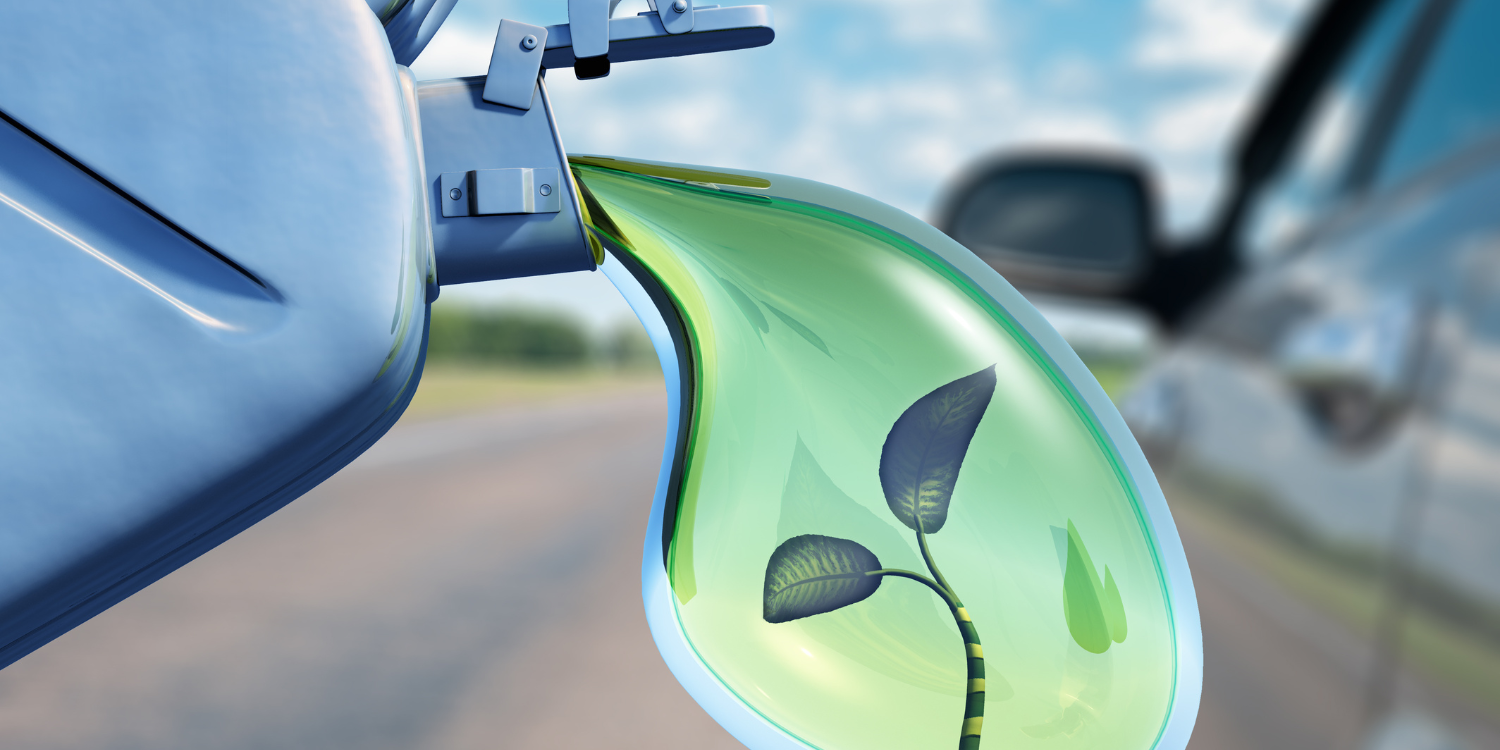- Spain, France, Portugal and recently Germany want to create a corridor that would transport 10% of the EU’s hydrogen consumption in 2030, equivalent to around two million tonnes per year. The question now arises as to the ‘colour’ of the hydrogen transported. Spain, a powerhouse in renewable energies, is opting for green, while France is leaning towards pink due to its significant weight in nuclear energy.
- At the same time, the EU has recently opened the door to allowing combustion vehicles beyond 2035 if they use exclusively ‘e-fuel’ or so-called synthetic fuels.
Europe has its climate neutrality objective very much in mind. The aim is to reduce emissions by 55% in seven years and to be carbon neutral by 2050. The path to achieving this goal has intensified in the wake of the energy crisis triggered by Russia’s invasion of Ukraine. EU countries have sought alternatives to strengthen their independence and also to end the most polluting activities, such as the burning of fossil fuels.
H2MED: the hydrogen supercorridor and its colour
One of the star initiatives in this sense is H2Med, a project born from the union of Portugal, Spain, France and the recent incorporation of Germany. The aim is to supply renewable hydrogen through a corridor linking the Iberian peninsula with central Europe.
Opportunity for Spain
With this proposal, Spain aims to become one of the main producers of green hydrogen. As well as placing Spain in a privileged position in terms of clean energy production, it would also become an exporter to the whole of the EU. It could even establish itself as the gateway for green hydrogen from North Africa.
The proposal is for a 248-kilometre-long gas pipeline from Celorico da Beira to Zamora. The other pipeline, a submarine link, will run from Spain to France connecting the cities of Barcelona and Marseille. It would measure 455 kilometres and reach a depth of 2.5 kilometres.
Green vs pink
However, in the last few days a new controversy has arisen, and that is that France wants this corridor to work in both directions and that, conversely, they can also export their pink hydrogen.
Hydrogen is produced through the electrolysis of water, which separates hydrogen (H2) from oxygen (O). The so-called “green hydrogen” is where the necessary electricity is obtained from renewable sources such as wind or solar power. Pink hydrogen”, on the other hand, uses energy produced in nuclear power plants, of which France is a major player, for electrolysis.
The European Commission is open to considering “pink hydrogen” with a label analogous to hydrogen generated from renewable energy. This position has yet to be endorsed by the EU-27 and the European Parliament, but it is already generating a lot of controversy and now also affects the future of the H2MED super project.
E-fuel and the end of the combustion car ban?
Brussels has long since announced an end to the sale of combustion cars by 2035. Germany, Italy and in general several international manufacturers expressed their disagreement with this measure which, it seems, now opens up to a small stumbling block: fossil fuels.
The industry argues that electric technology is not sufficiently mature, either in terms of production plants, infrastructures or consumer interest, and that while moving towards this adaptation, space should be left to explore other possible technologies that do not pollute but do not necessarily involve the electrification of vehicles.
Climate neutrality and price
In the light of these claims, the European Commission is considering a possible market for synthetic fuels for combustion vehicles beyond 2035. This would allow vehicles that use exclusively carbon-neutral fuels, demonstrating that they cannot run on any fossil fuels.
These e-fuels are made using water and electricity from renewables, which produce hydrogen, and CO2 extracted from the atmosphere. Therefore, although these engines would continue to emit CO2, they are considered “neutral” because it would be the same CO2 that was previously used to produce the fuel itself.
In any case, whether this alternative is approved or not, it seems that it would only be reserved for the wealthiest drivers, as filling up with these e-fuels would cost up to 210 euros.
